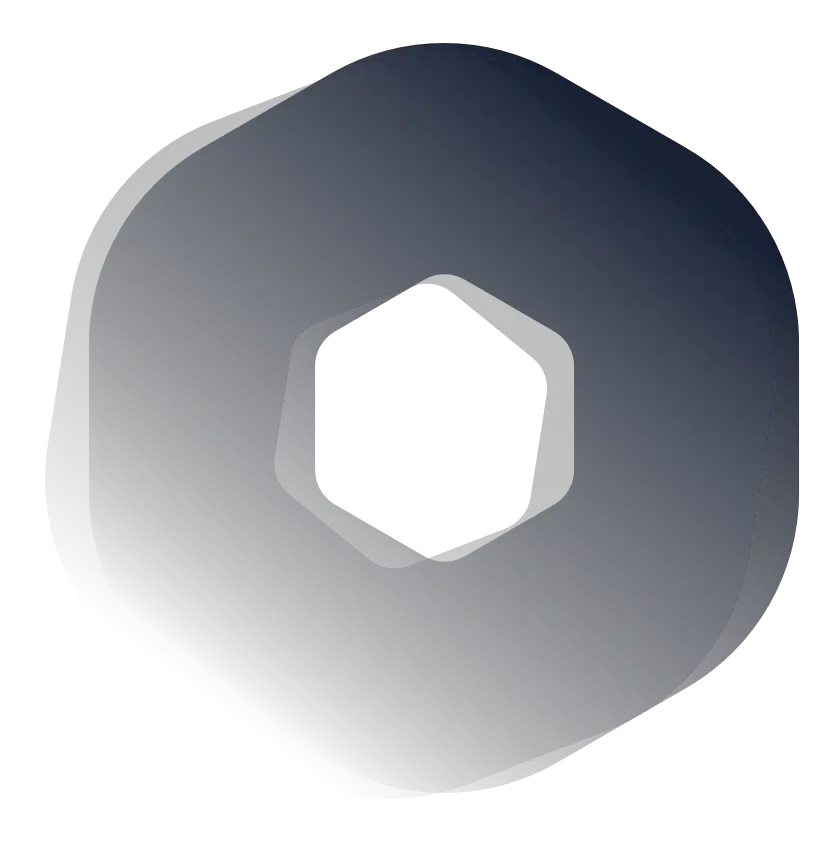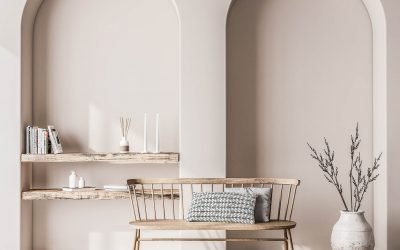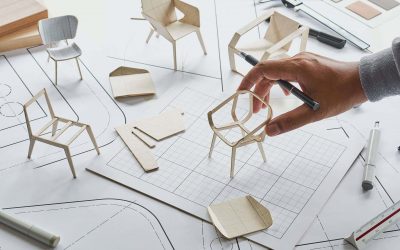For designers, the ego can be a huge source of confidence or a significant source of arrogance. As Vince Lombardi once said, “Perfection is not attainable, but if we chase perfection, we can catch excellence.” A designers’ goal is to create the best possible product or outcome – to do what we do, we first need to believe we can succeed.
Quiet confidence serves us well & enables us to push through the setbacks & rejection, but sometimes it can go too far. For some people, including myself, the more experience we get, the more we lose ourselves in doing work & forget to put our users first when designing products or projects. Unfortunately, this takes us down the self-serving route & who wants to work with someone who only cares about themselves?
I’ve also seen people get self-absorbed based on the prestige of a company they work for. Eventually, this never fails to trip people up. Yes, be proud that you are skilled enough to work for established companies, but remember you aren’t the company. They can & will replace you if necessary, so you need to keep your wits about you, remain abreast of trends, keep sharpening those skills & remind yourself of the ego & its debilitating habits. Here are six signs your ego might be ruining your creative projects.
This article was originally published on https://www.aaloftsdesign.com. If this article appears on any other site other than https://www.aaloftsdesign.com without clear referencing it is a violation of the copyright owned by https://www.aaloftsdesign.com.
This article may contain affiliate links. That means if you click & buy a product, I may receive a small commission at no extra cost to you. AALofts Design is a participant in the Awin Affiliates program, an affiliate advertising program designed to provide a mean for sites to earn advertising fees by advertising & linking to participating merchants. For more information, please view my Privacy Policy & Terms & Conditions Pages.
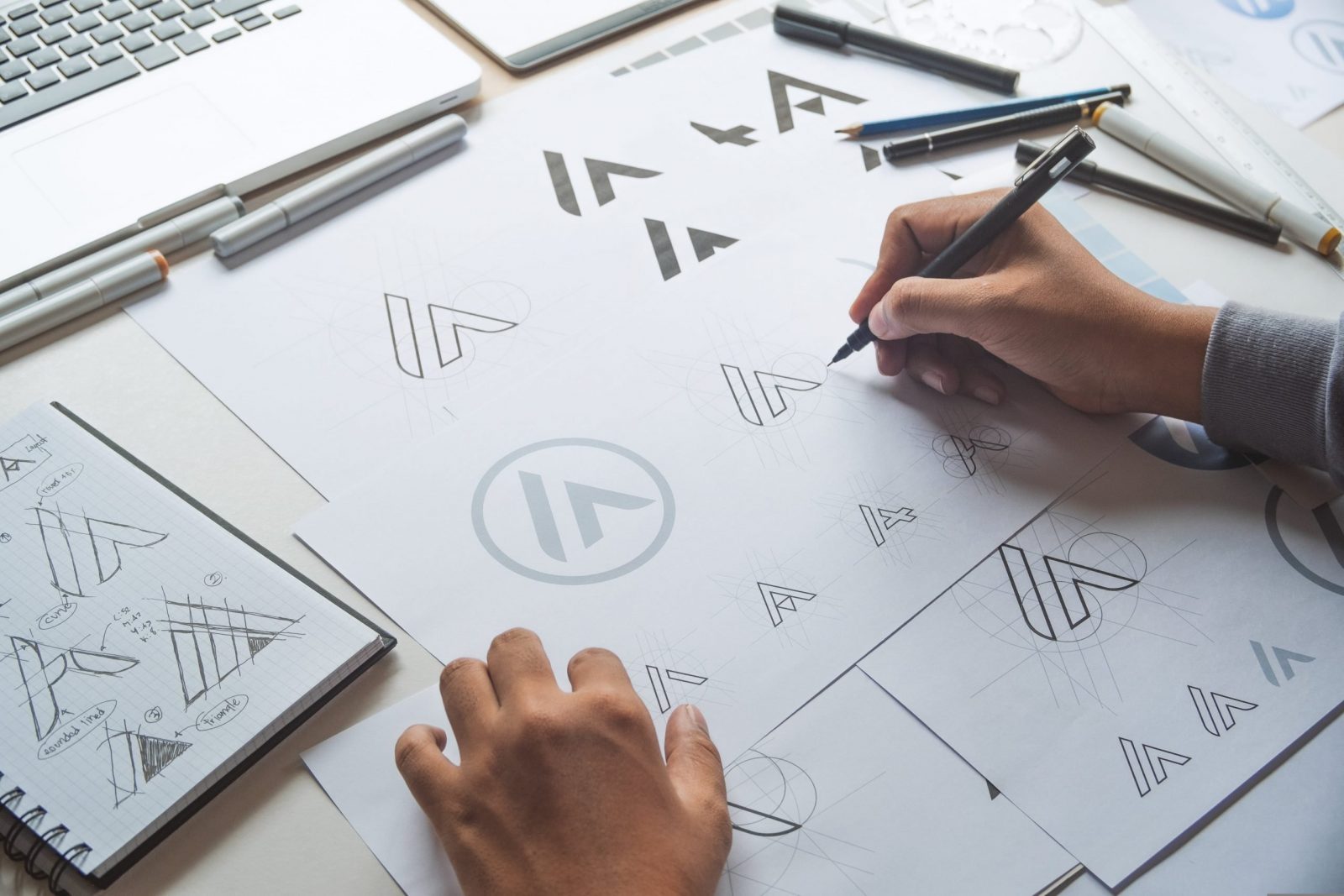
Sign One | You Always Think You’re Right.
If you are always creating things that “nobody ever gets” it might not necessarily be a negative sign straight away; you could be ahead of your time, but then again you might have missed the mark completely. Be honest with yourself, have you been offering solutions that bring the best possible outcome for the user or focusing upon looking like the best designer?
It doesn’t matter how experienced you are or what companies you’ve worked for. Design is an ever-evolving process which means that what worked five years ago doesn’t necessarily work for today’s environment. A designer can spend far too much time, barking up the wrong tree before finding a better option. Don’t be so stubborn that you’d rather shoot yourself in the foot than admit you were wrong. For some, the ego can get in the way of correcting course & lead to eventual failure. It’s important to always watch for signs & feedback that show you may have taken a wrong turn.
One of the biggest misses your ego can cause is that you don’t properly think about things. Whatever you are working on, it’s essential to look for areas that can be improved. Even once your project is up & running, or when you feel your career is on the right track, you should continuously be looking for ways to expand as a creative. Without being kept in check, your ego can sabotage all of this. Confidence can make for an incredible drive, but it shouldn’t prevent you from being self-critical.
No matter where you are in your career, there’s always someone more skilled or knowledgeable. I attribute a lot of the skills & practical knowledge I know now to the designers I’ve met along the way—even the ones I considered wrong. When we stop learning, we stop evolving, & our careers suffer as a result. It’s important to respect others’ expertise & listen to what they say, even if they have less experience than we do.
Many designers like to imagine they’re receptive to others’ feedback but don’t take it to heart or put it into action. We may hear their advice & dismiss it based on what we know to be correct, but it’s important always to listen. Learning how to evaluate feedback on its merits starts with keeping your ego in check.

Sign Two | You See Some Tasks/ Jobs/ Companies As Beneath You.
Maybe you focus solely on meeting with clients & showing off your prototype. In the meantime, you are neglecting your other duties. While there’s nothing wrong with working smart, you need to ensure that projects are implemented correctly. The worst kind of designers/ managers I’ve come across are those who become incompetent because they never get their hands dirty, which would be okay if they admitted it & listened to their subordinates when it comes to the technical aspects.
For designers looking for jobs, this type of egotistical thinking comes into play when you refuse to consider specific opportunities because you’ve already “paid your dues.” To progress in your career, you need to abandon particular tasks & pick up higher-level ones. Some job titles will be below your expertise–no question about it. But it’s crucial to evaluate each new opportunity’s relative pros & cons as holistically as you can before deciding whether it’s right for you.
Sign Three | You’re Always Isolating Yourself.
Design is essentially a collaborative field. The best projects are a result of great teams working together towards a shared goal. But no matter how gifted you think you are, it’s very challenging to work by yourself & make a significant impact. I’m a fan of locking myself away to work, but there comes a time when you need to factor in the opinions of others.
Isolation tends to close the door for new ideas & innovation from a broad perspective of different sources. Designers are likely to learn more of that by being receptive & perceptive towards people who can stir their aspirations & be distant from them who can’t. That’s fine, but remember that sometimes the best ideas can come from unexpected sources.
I have worked with talented designers who are great on paper, but I hated working with them every second. When deadlines are rampant in a work setting & there is no time for a teammate who only cares about themselves. It’s important to remember that people don’t care about individual achievements & more about the overall impact – this means talking about how you work with others, your design decisions & how they deliver fantastic experiences.
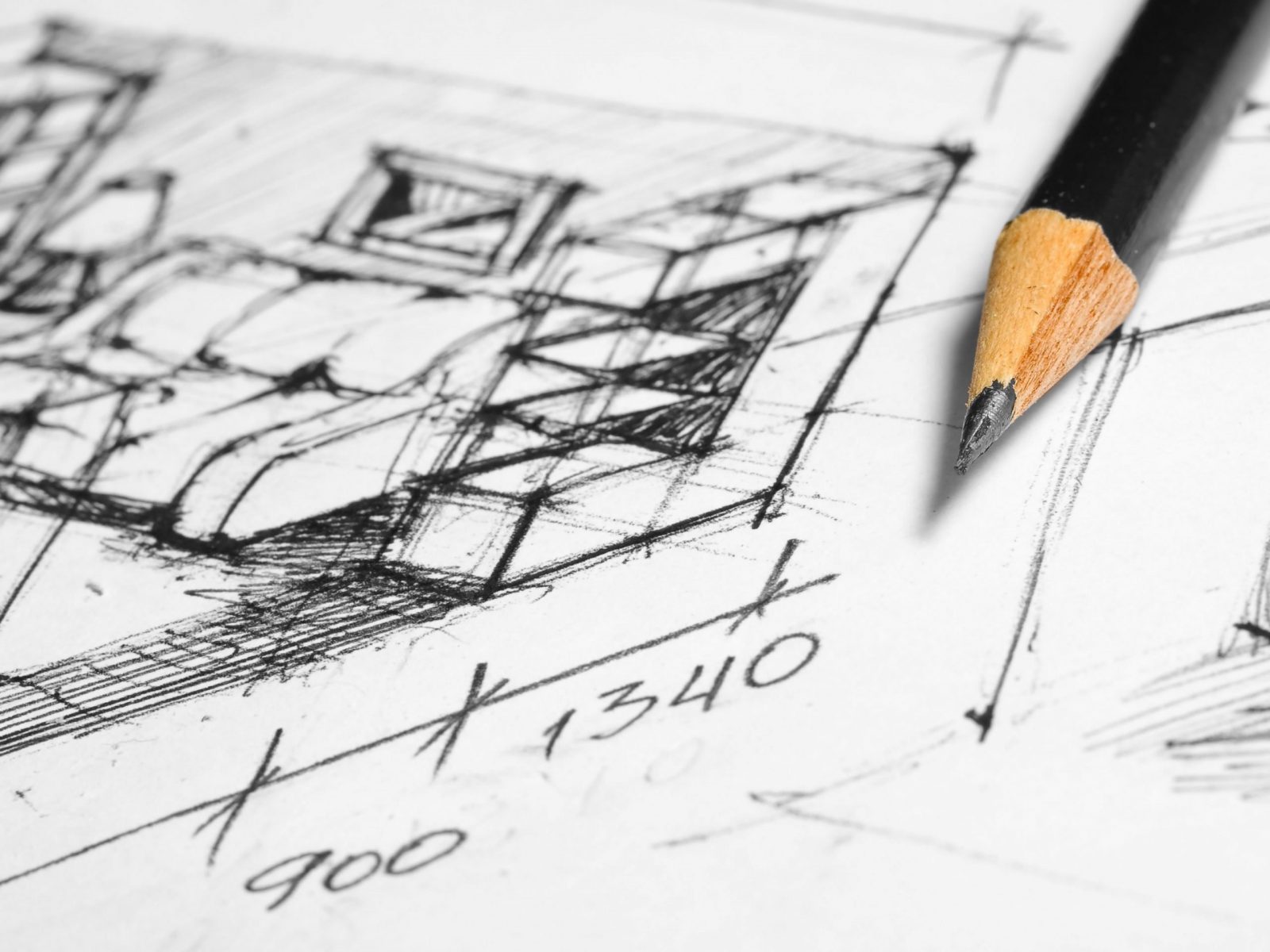
Sign Four | You Refuse to Let Anyone Else Take the Spotlight – Even For the good of the Project.
Balancing expertise with client satisfaction is the name of the game. As your client or another designer steers your design in a new direction, you will need to learn to pick your battles. As yourself, whether it’s worth defending every choice you made or does the input improve the work? If you must say something, do so respectfully in a way that grants the client the power to act. Sometimes your colleagues or clients will come up with better solutions than you; therefore, you need to deal with it.
Sign Five | You Frequently Forget the Role of Designers.
The exhilaration of being part of bigger & better projects is something that motivates most of us. Experience is empowering & addictive. When we’ve become experienced in a particular field for a while, we want to continue to do bigger things & opening up more opportunities. Recognition for our achievements is a fantastic feeling; believing your hype can make designers jaded & neglect our primary role (creating products for our users).
Designers solve business problems & gaps in the market. Designers can be artistic or artists themselves, but there is more to sign than creating beautiful objects. Your ideals—what you feel is attractive, innovative, or necessary—are secondary to what your client wants. You may have a reason to doubt your client’s evaluation of what they need—but first question your own. It’s just as common for designers to want the opposite of what their clients need.
Sign Six | You’re Always Defending Rather Than Explaining Your Choices.
It’s frustrating when client or customer feedback makes no sense, but designers must be respectful & professional at all times. The double-standard designer-client relationships are that your clients can get emotional, irrational, & reactive, but you mustn’t. If you’re always arguing your case, it could very well mean you and & your client are not a good professional match, but again, you must first look at your behaviour.
That doesn’t mean that designers are always in the wrong or must be doormats, but it does mean you need to deal with conflicts respectfully, carefully & calmly. Most feedback is based on an emotional, not logical response. When design feedback doesn’t make sense, it might result from your client feeling out of control & looking to express their discomfort.
Explaining the design rationale is necessary because your client will assume that design decisions are arbitrary & subjective without an explanation & if this stuff is all just a matter of opinion, there’s no question as to whose idea matters more. If you want to make the situation far worse, go ahead & tell your client they’re the ones being subjective.
Wrapping it All Up.
If you’re interested in further reading, please see the links to my trusted resources page & related articles below. To find out more about AALofts Design, please click here. If you found this content helpful, want to collaborate on a project, or would like to request an article topic, please click here to get in touch via the contact form. Feel free to share & connect on social media, if you found this content helpful.
